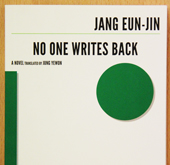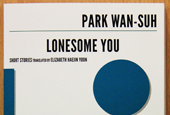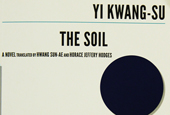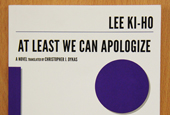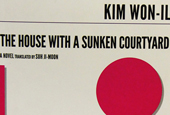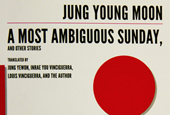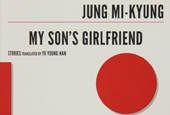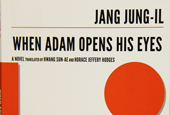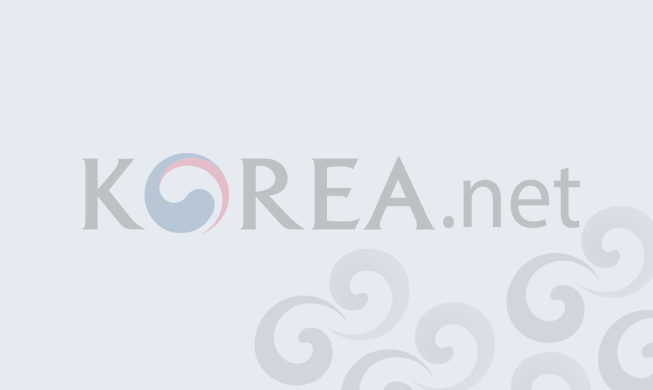A new book has been published that looks at Korean-American literature and at the works of more than 40 Korean-American authors.
“Understanding Korean American Literature” is a rare look at literature created by minorities in the U.S. and has been reaching its global audience since being published last year. Its creator, Yoo Sun-mo, is an English literature professor at Kyonggi University.
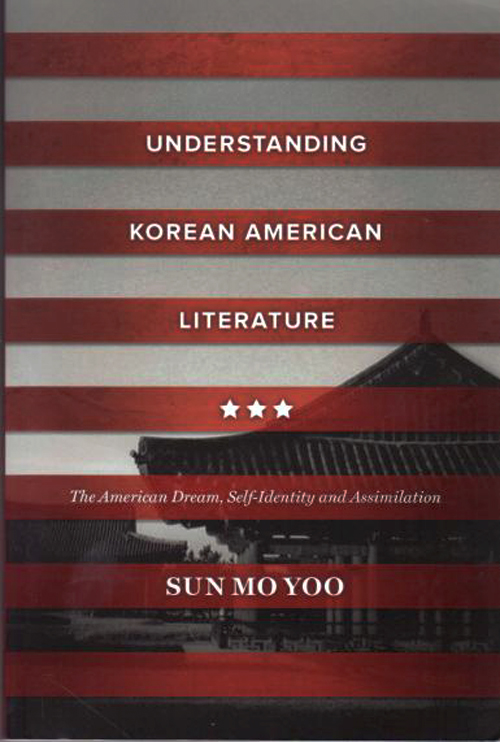
The English-language book, released by the Canada-based publishing company Variety Crossing Press in July last year, is the result of more than 20 years of studies and analysis by Yoo who, at the time of writing, was working as a visiting professor at UCLA. For his project, Yoo met with 25 of the featured writers and what he heard became an important foundation for the book.
Yoo was quoted in an interview at the time of release as saying, “Literature created by minorities within the U.S. is so far from the mainstream. I thought that since I was a literary professor, I should write something that focused on the subject. So I started working on it.”
The work brings to light Seo Jae-pil, the first Korean to nationalize as a U.S. citizen, who wrote a novel in English in 1921. It also mentions Willyce Kim and Ko Won who were the first-ever Korean-American poets and who wrote “Curtain of Light” (1971) and “The Turn of Zero” (1974), respectively, in English.
The book sorts Korean-American literature into three periods: the 1930s, the 1960s and the 1990s.
Literature from the 1930s is represented by “The Grass Roof,” a novel published in 1931 by Younghill Kang. Literature of the 1960s, meanwhile, is enriched by two noted Korean-American authors, Richard E. Kim, or Kim Eun-kook, and Park In-deok, generally known as the first Korean-American novelist.
According to Professor Yoo, the span from the 1930s to the 1960s is literarily characterized by numerous works based on historical experiences of the time, such as the Korean War (1950-53) and the division of Korea.
The volume also calls the 1990s the ”Renaissance” of Korean-American literature, as the period marks a rise in literary works by Koreans who immigrated to the country during their early childhood. The book cites Korean-American novelist Lee Chang-rae, whose works including “Native Speaker” (1995), “A Gesture Life” (1999) and “The Surrendered” (2010), as an author whose works were great enough to have been nominated for the Nobel Prize.
The book also reveals the sorrow residing deep inside many adopted Korean-American writers and those who are half Asian and half Caucasian or African. It offers deep insight into the struggle of finding one’s self identity amongst Korean residents of the U.S.
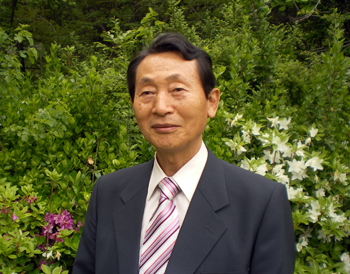 Regarding Korean-American writers of the 2000s, Yoo replies, “They don’t care about their identity as ‘Korean’ anymore and, rather, their works revolve more around universal subjects.”
Regarding Korean-American writers of the 2000s, Yoo replies, “They don’t care about their identity as ‘Korean’ anymore and, rather, their works revolve more around universal subjects.”
The day should come when they are acknowledged as simply American writers, rather than as Korean-American ones, he hopes.
Born in 1930, writer and professor Yoo Sun-mo majored in English literature and earned a Ph.D. in literature from Sungkyunkwan University. He also served as an advisor to the American Fiction Association of Korea. Other works of his include “Saul Bellow: Literature and Understanding” and “A Collection of Best Stories in American Novels.”
By Sohn JiAe
Korea.net Staff Writer
jiae5853@korea.kr
“Understanding Korean American Literature” is a rare look at literature created by minorities in the U.S. and has been reaching its global audience since being published last year. Its creator, Yoo Sun-mo, is an English literature professor at Kyonggi University.

Professor Yoo Sun-mo looks closely at Korean-American literature in his 2013 book “Understanding Korean American Literature.” (photo courtesy of the Daesan Foundation)
The English-language book, released by the Canada-based publishing company Variety Crossing Press in July last year, is the result of more than 20 years of studies and analysis by Yoo who, at the time of writing, was working as a visiting professor at UCLA. For his project, Yoo met with 25 of the featured writers and what he heard became an important foundation for the book.
Yoo was quoted in an interview at the time of release as saying, “Literature created by minorities within the U.S. is so far from the mainstream. I thought that since I was a literary professor, I should write something that focused on the subject. So I started working on it.”
The work brings to light Seo Jae-pil, the first Korean to nationalize as a U.S. citizen, who wrote a novel in English in 1921. It also mentions Willyce Kim and Ko Won who were the first-ever Korean-American poets and who wrote “Curtain of Light” (1971) and “The Turn of Zero” (1974), respectively, in English.
The book sorts Korean-American literature into three periods: the 1930s, the 1960s and the 1990s.
Literature from the 1930s is represented by “The Grass Roof,” a novel published in 1931 by Younghill Kang. Literature of the 1960s, meanwhile, is enriched by two noted Korean-American authors, Richard E. Kim, or Kim Eun-kook, and Park In-deok, generally known as the first Korean-American novelist.
According to Professor Yoo, the span from the 1930s to the 1960s is literarily characterized by numerous works based on historical experiences of the time, such as the Korean War (1950-53) and the division of Korea.
The volume also calls the 1990s the ”Renaissance” of Korean-American literature, as the period marks a rise in literary works by Koreans who immigrated to the country during their early childhood. The book cites Korean-American novelist Lee Chang-rae, whose works including “Native Speaker” (1995), “A Gesture Life” (1999) and “The Surrendered” (2010), as an author whose works were great enough to have been nominated for the Nobel Prize.
The book also reveals the sorrow residing deep inside many adopted Korean-American writers and those who are half Asian and half Caucasian or African. It offers deep insight into the struggle of finding one’s self identity amongst Korean residents of the U.S.

Writer and Professor of English Literature Yoo Sun-mo. (photo courtesy of the Daesan Foundation)
The day should come when they are acknowledged as simply American writers, rather than as Korean-American ones, he hopes.
Born in 1930, writer and professor Yoo Sun-mo majored in English literature and earned a Ph.D. in literature from Sungkyunkwan University. He also served as an advisor to the American Fiction Association of Korea. Other works of his include “Saul Bellow: Literature and Understanding” and “A Collection of Best Stories in American Novels.”
By Sohn JiAe
Korea.net Staff Writer
jiae5853@korea.kr
